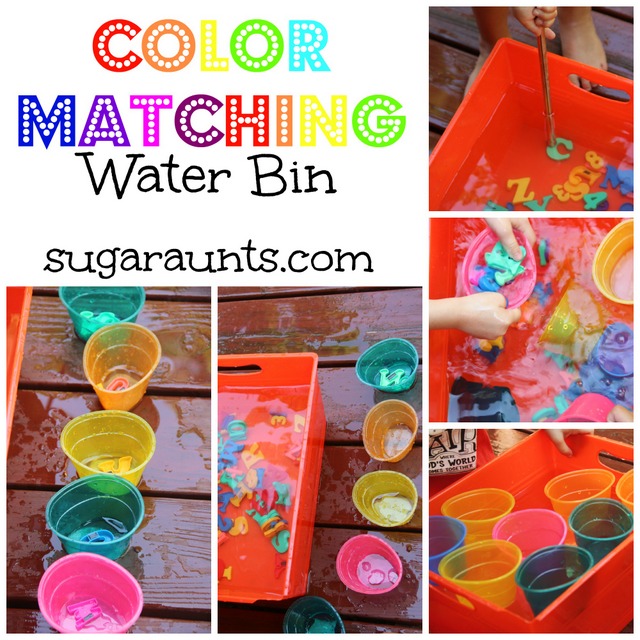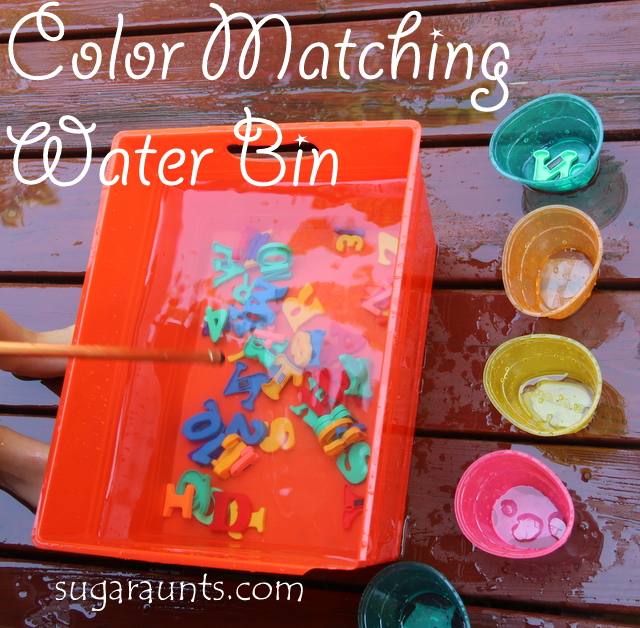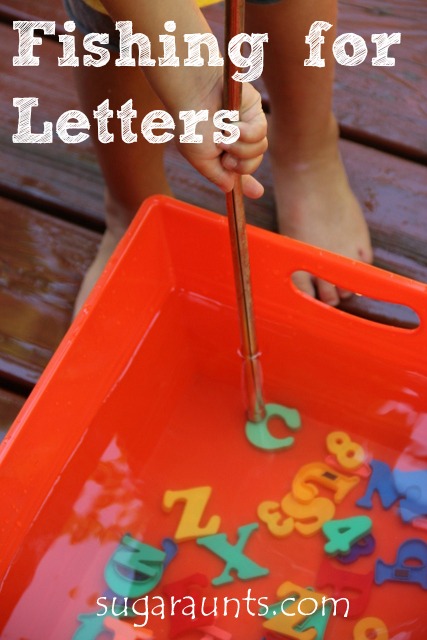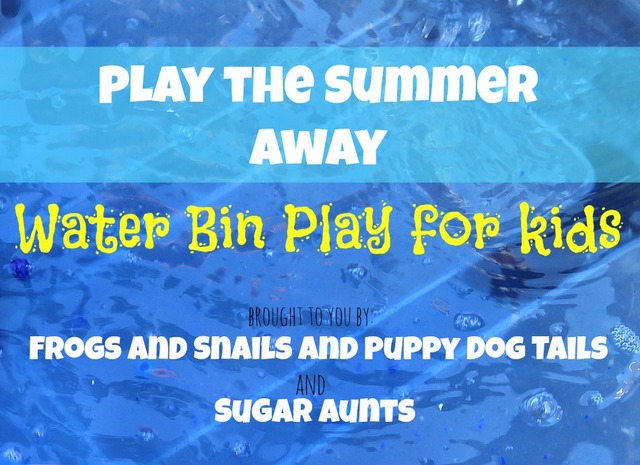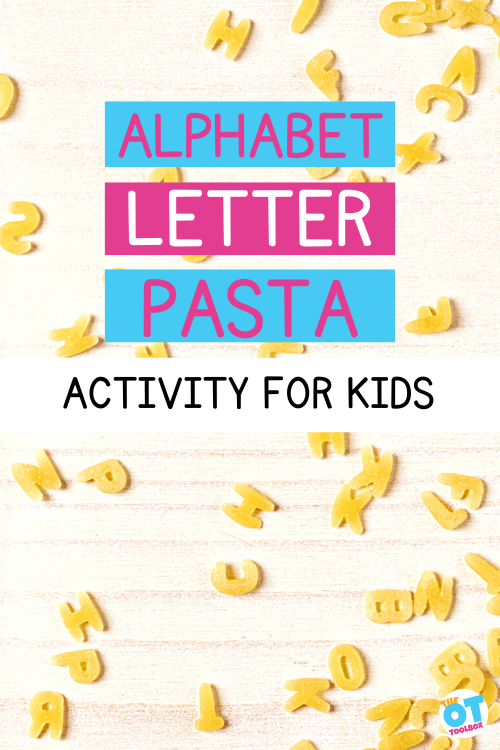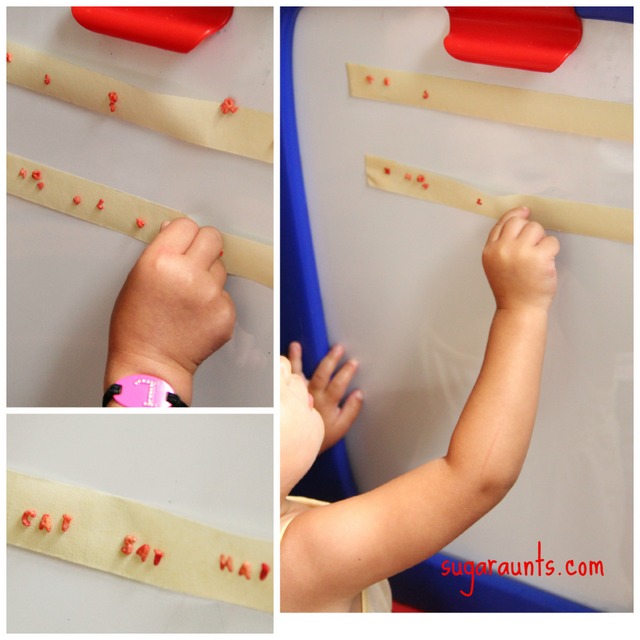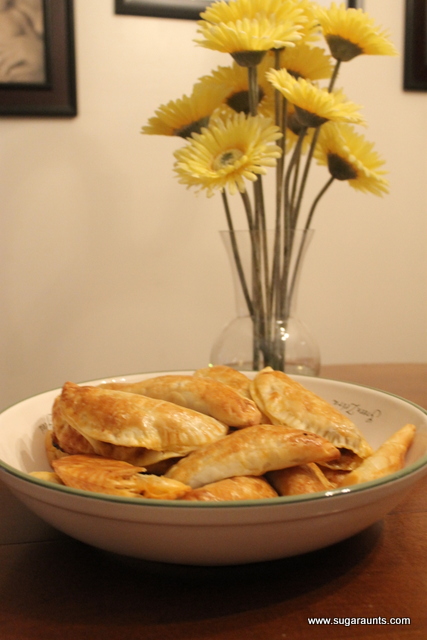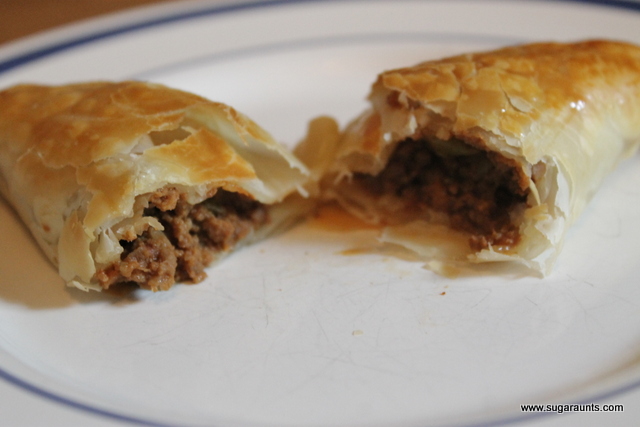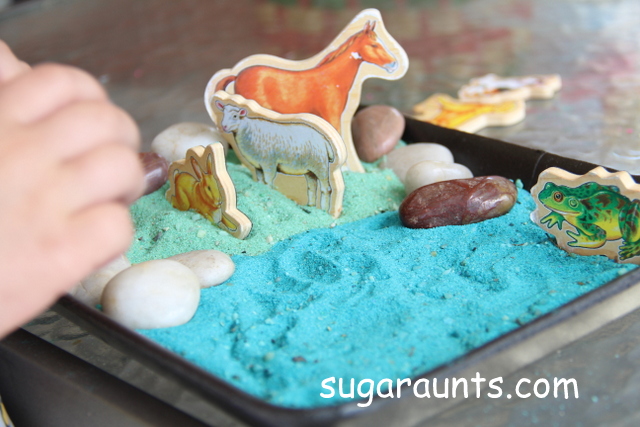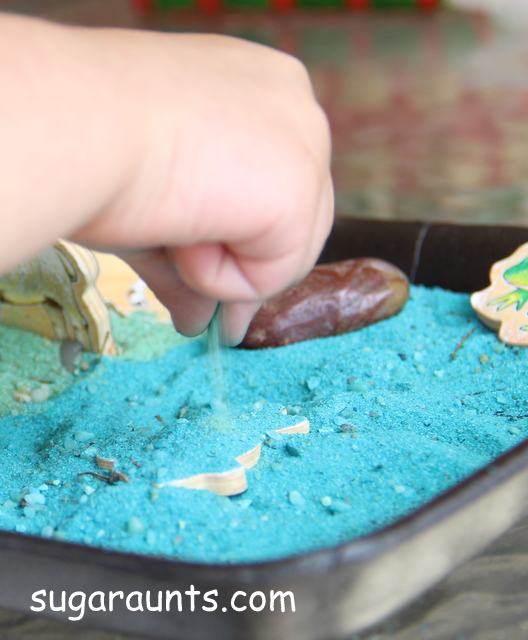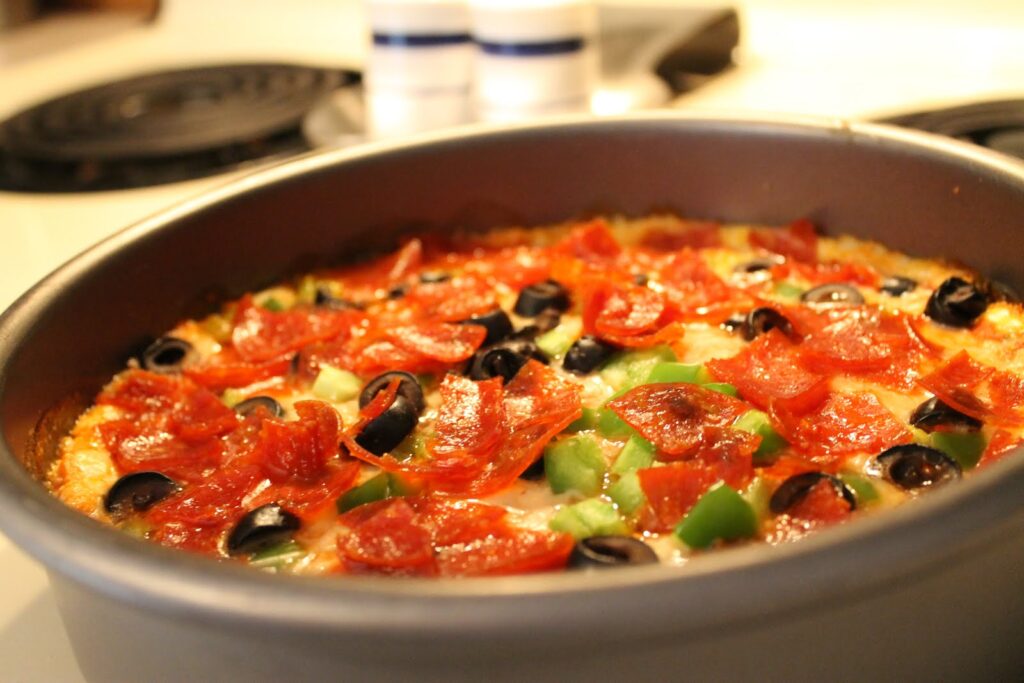When I worked as an Occupational Therapist with pediatrics, I did a ton of work on scissor skills and pre-scissor skills. It was one of my favorite things to work on with school-based kiddos. There was an item in my therapy bag that I (and the kids) LOVED for scissor practice: bunny tongs. These are a great Easter activity for occupational therapy sessions, but we actually use them all year round. Here’s my OT tip: if you see a pair of these bunny tongs in the egg-dying section of stores around Easter time, GRAB THEM!
You’ll also want to check out our other Bunny Activities:
Bunny Tongs for Scissor Skills
Now being at home with my own kids, it’s so much fun to pull out my OT stash of supplies and play. We pulled out a few things recently and the kids had a blast playing. And if you follow this blog, you know we do a ton of fine motor activities!
This is the ONE item you want to pick up from the Dollar Store this spring. It’s a must-have for OTs working in the schools or with kids on scissor skills.
You’ll want to check out our resource on how to hold scissors for more tips on the grasp aspect. The one thing I love about using the bunny tongs as a tool to support scissor skills is that it is a fun way to work on the mechanics of holding scissors.
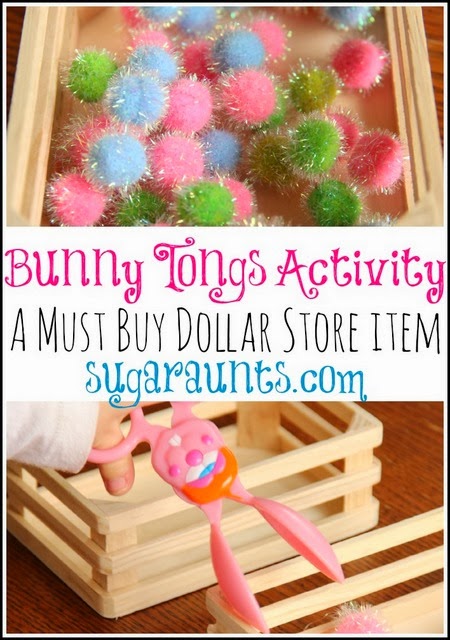
Scissor Skills with Tongs

I set up this sorting activity for the kids one day using our bunny tongs. Scissor skills were really worked on with the repetition of picking up lots of assorted pom poms and sorting them into crates.
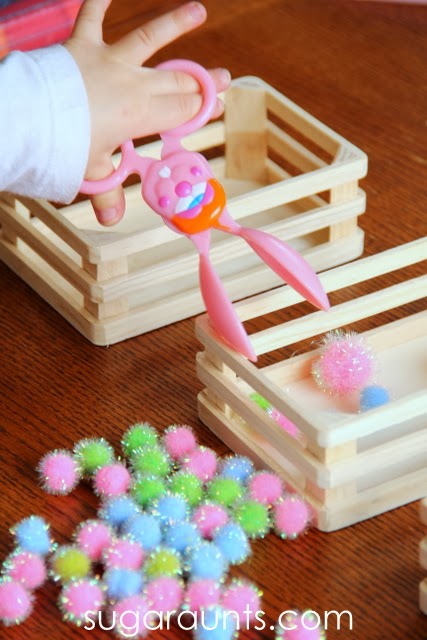
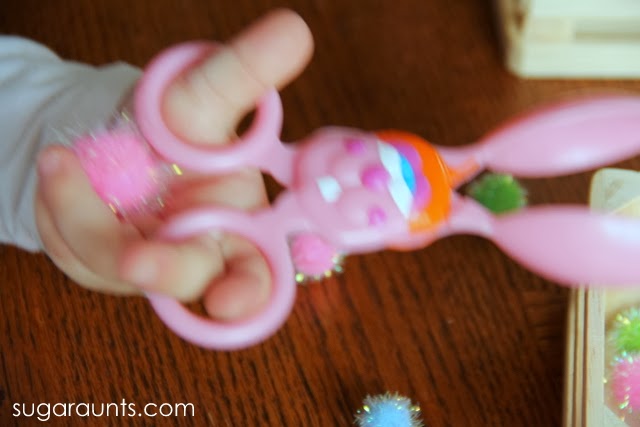
Tuck a small object into the hand when using the bunny tongs to work on grasp on scissors.
Tips for Cutting with Scissors
Not a great picture, but popping a crafting pom pom into the palm of her little hand is a great way to correct that grasp on the tongs (or scissors). This way, the child opens and closes the tongs/scissors with the thumb and pointer/middle fingers in an effective and more controlled manner. This will help with scissor control and line awareness.
If you’ve got a little one who cuts with scissors and snips all over the place, with their pinkie finger and ring finger extended out as they open the scissors, try this trick.
You can use any small item like a little eraser or pebble in the palm of their hand. It’s a good physical prompt to remind them to keep their hand closed as they cut with scissors.
Little Guy wanted in on this action too, and once Big Sister came home from school, she sorted the pom poms too. This was just fun!
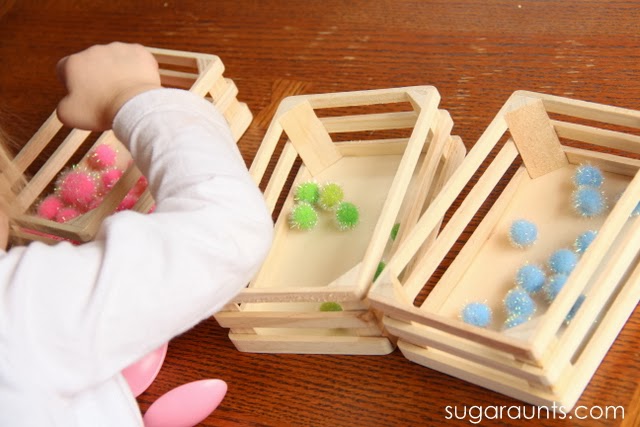
Baby Girl resorted to just using her hands to sort later in the day. Still great for color matching and identification. we’ll definitely be doing this activity again. It was a huge hit for my kids as much as it was a hit for all of the school-based clients I’ve worked with over the years. It’s the cuteness of that bunny!
Spring Fine Motor Kit
Score Fine Motor Tools and resources and help kids build the skills they need to thrive!
Developing hand strength, dexterity, dexterity, precision skills, and eye-hand coordination skills that kids need for holding and writing with a pencil, coloring, and manipulating small objects in every day task doesn’t need to be difficult. The Spring Fine Motor Kit includes 100 pages of fine motor activities, worksheets, crafts, and more:
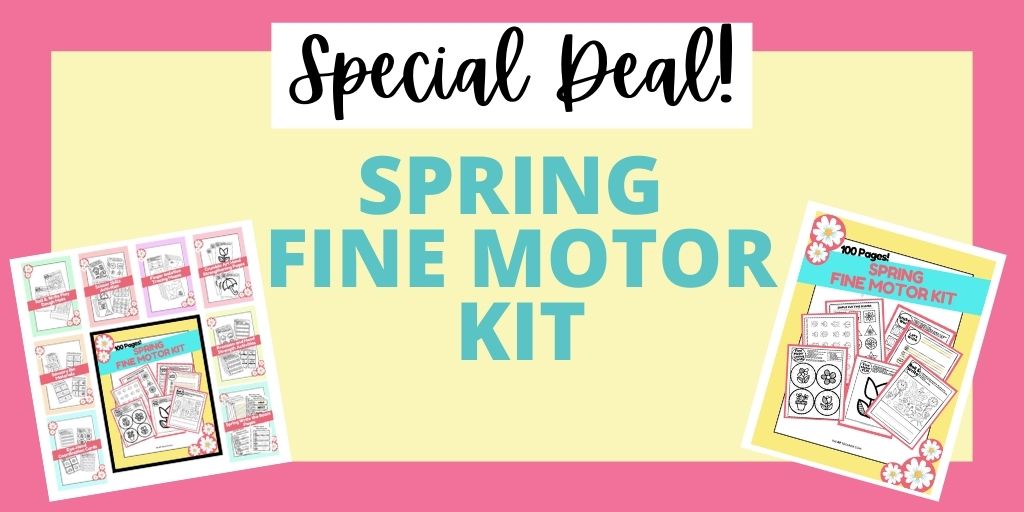
- Lacing cards
- Sensory bin cards
- Hole punch activities
- Pencil control worksheets
- Play dough mats
- Write the Room cards
- Modified paper
- Sticker activities
- MUCH MORE
Click here to add this resource set to your therapy toolbox.
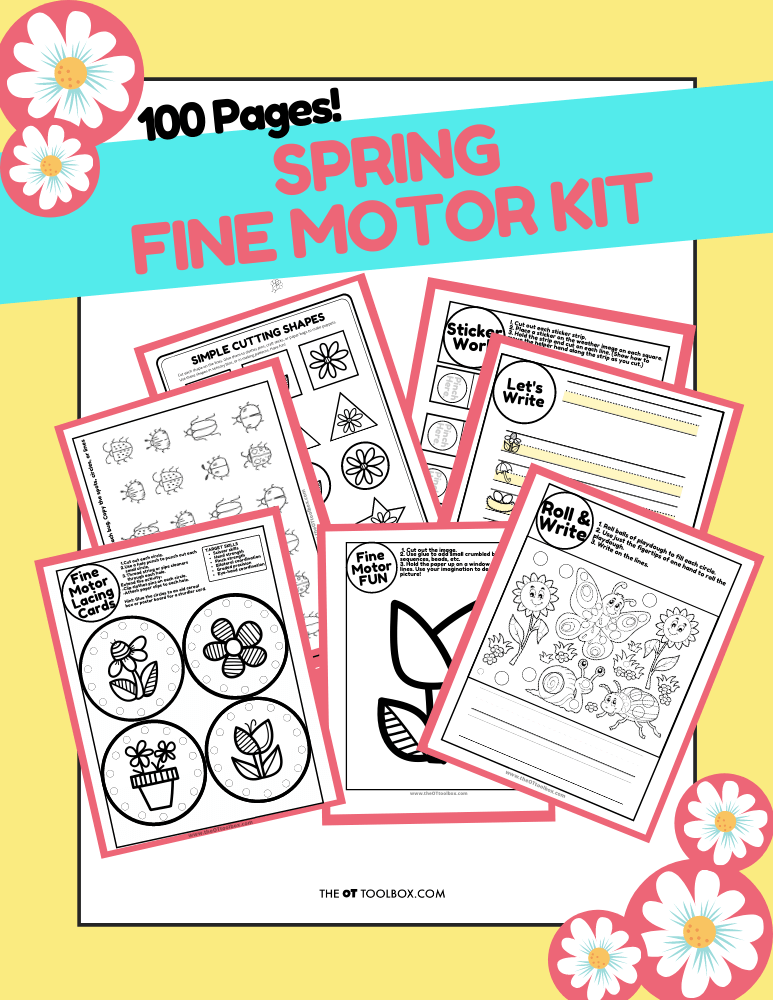
Grab your copy of the Spring Fine Motor Kit and build coordination, strength, and endurance in fun and creative activities. Click here to add this resource set to your therapy toolbox.

Colleen Beck, OTR/L has been an occupational therapist since 2000, working in school-based, hand therapy, outpatient peds, EI, and SNF. Colleen created The OT Toolbox to inspire therapists, teachers, and parents with easy and fun tools to help children thrive. Read her story about going from an OT making $3/hour (after paying for kids’ childcare) to a full-time OT resource creator for millions of readers. Want to collaborate? Send an email to contact@theottoolbox.com.









